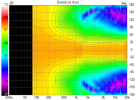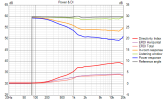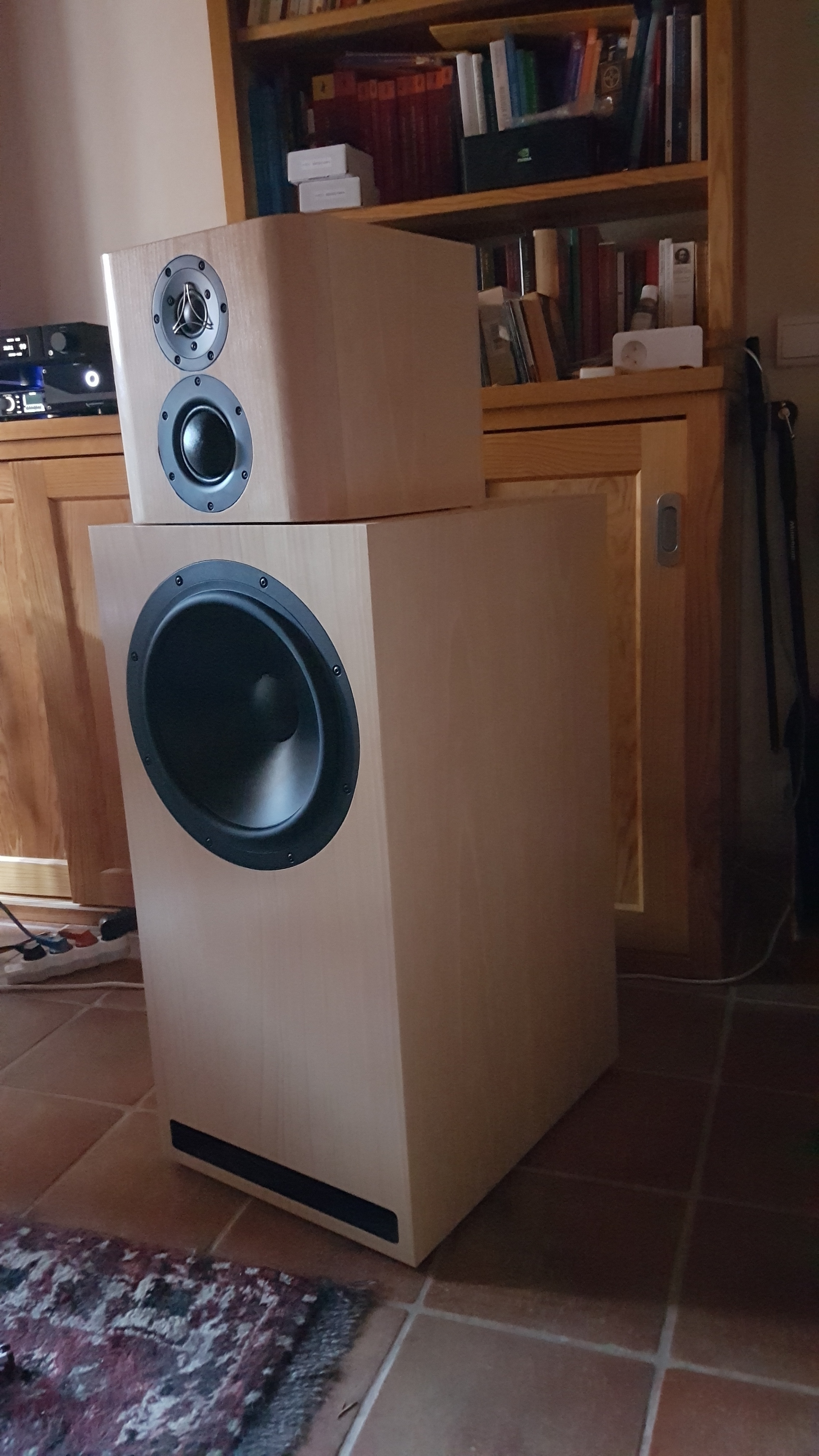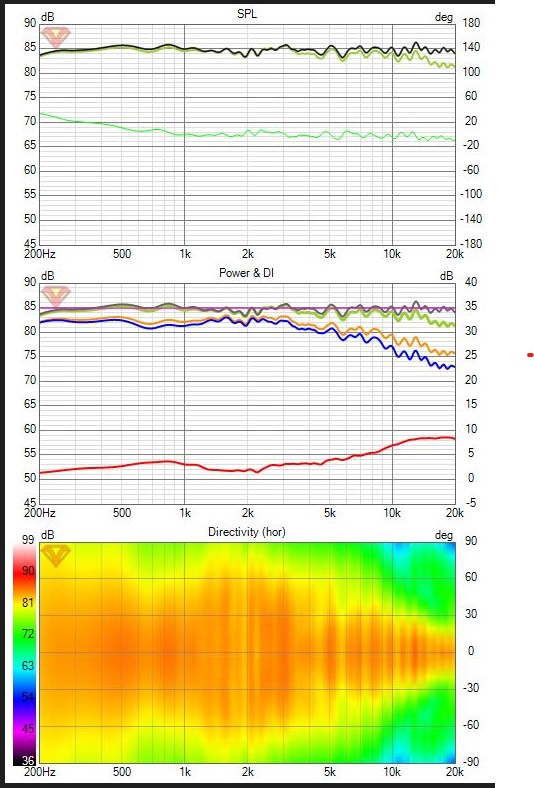@eric tee
Have you noticed how some measurements via the NFS don't look so crash hot, but still sound good to Amir or Erin? eg. JBL M2, Google Nest Audio amongst others)
Many speakers some measure great, but there are other factors (un-related to price) that you make you prefer one to another
The methodology of reviews are OK to good. I'm certain that
@amirm doesn't think they they are perfect, or have a 90% correlation which what he hears.
Are they better than the 1/3 octave on-axis measurements of yesteryear? Absolutely. But they could they be improved!
I have independently come to some views that are similar to one those expressed by Kimmo eg. normalized polar measurements (are only useful you normalise to flat on reference angle with FIR compute) limitations in harmonic distortion measurements (we are actually measuring our recording chain/process, not just of the speakers), improved way of testing with real music instead of sine tones (eg. M-noise vs multitone, FSAF vs sine)
I am NOT criticizing the reviewer, but I am reflective of the process. I have deep respect Sean and Floyd for their research work. But that does not mean it is finished. CEA/CTA2034 leave room for future investigation in directivity and/or distortion.
It also doesn't take into account the dozens of innovations that have occurred since the time of the original groundbreaking research process, which was a response to Consumer Reports reviews and measurements in the 1980s.
Now we have an opportunity to go further. A response to CTA2034A.
Or whether there are more useful graphs that comes out of the hours long measurement process from the NFS
CTA2034A is based on
past research..
I still wonder why speakers of the last decade (2014-2024, usually small (0.7-7L internal volume) wireless and battery powered speakers may fall apart when scrutinized according to CTA2034A, but can still sound great! And MUCH better than speakers of last century (of the same size).
In fact, virtually all the models that were designed in the past century have been eclipsed by what's available in the market today- pound for pound
eg. soundbars, in-wall speakers, speakers the size of a hotdog (JBL Charge) or cheeseburger (UE Wonderboom 4) and sit on a table (Sonos Era 300), laptops eg. Macbook Pro 16" (twin dual opposed woofers and 2 tweeters, sophisated EQ and multichannel amplification)
The internet/Youtube reviewers seems to be the replacement of the hi-fi dealer Q&A/listener demo. The hi-fi dealer is sometimes looked upon as "someone who is trying to sell you stuff". But is that really fair, compared to the reviewer who is "trying to help you make a purchase decision"?
I hate to use car analogies. So I'm not going to. But no one bicycle type or size suits every single person. A single solution doesn't suit everybody.
If it did, Genelec, Neumann or KEF, so beloved by ASR readership, could just sell/market 1 model, right?
Let's not forget that at different stages of life you need different things.
It's fun to measure and all, but it's still important to listen in your room, with your music.
The wonderful mysteries continue...
PS. Good luck on the new venture
@kimmosto



